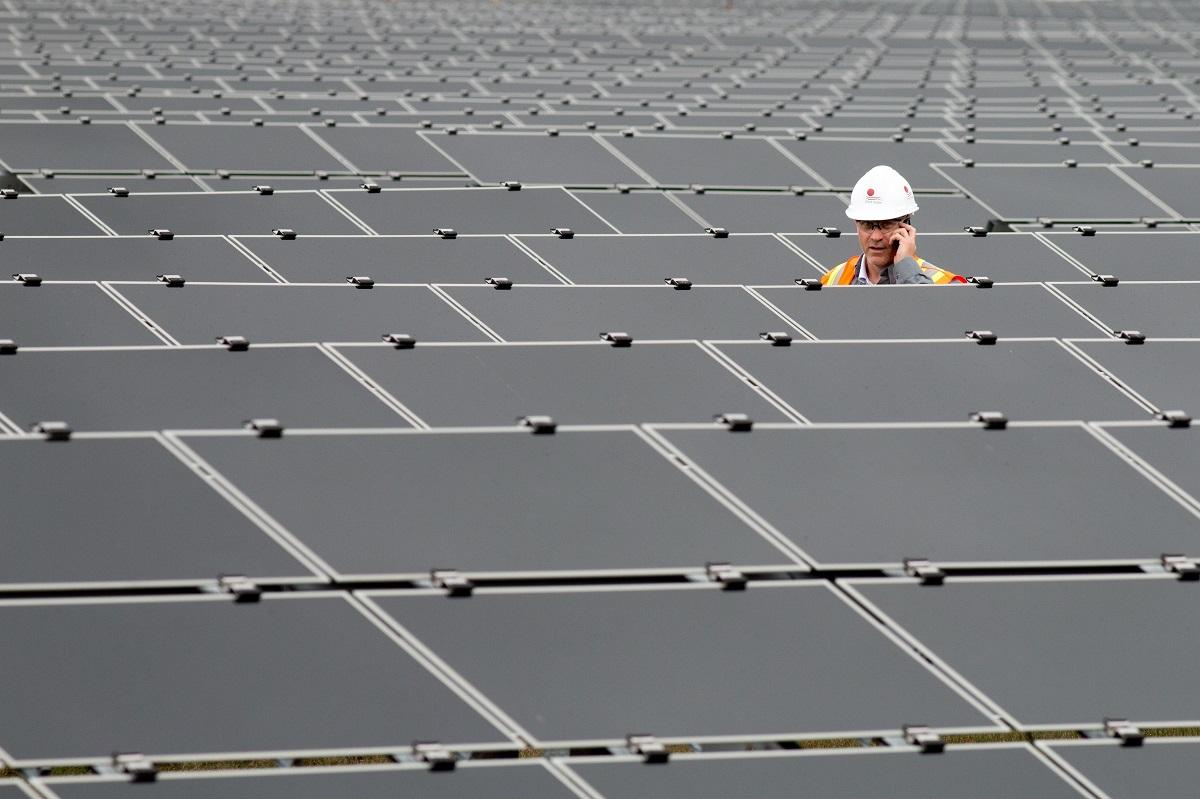Enbridge Innovation in Action: Environmental Highlights

Originally published in Enbridge's 2020 Innovation Report
Protection of the environment, and safety of people, will always be our top priority, and our projects and operations are designed to have minimal impact on the environment. We also invest in programs that promote environmental stewardship, conservation, habitat remediation and environmental education.
And beyond that, we invest in innovation that enhances our stewardship, reduces our energy usage and delivers cleaner energy—including energy from renewable sources—to power homes and businesses.
The year 2020 saw a number of renewable energy production and transportation initiatives across the Enbridge enterprise, as well as innovations that reduce the environmental impact of ongoing operations.
- The 2.25-MW Lambertville Solar Project and the 2.5-MW Heidlersburg Solar Project, the first such endeavors of their kind, will use renewable energy to help “green” our transportation of natural gas (already a lower-carbon energy source) through New Jersey and Pennsylvania, collectively taking the equivalent of 28,450 cars off the road at the same time.
- Similarly, Alberta Solar One, a 10.5-MW solar farm, will supply a portion of our Canadian Mainline crude oil and liquids pipeline network’s power requirements with renewable power.
- Enbridge Gas Inc. announced a $5.2-million project to blend renewable hydrogen gas into its distribution network to green the natural gas grid.
- Groundbreaking took place on Ontario’s largest renewable natural gas (RNG) plant, and investment was announced in a first-of-its-kind RNG plant in Alberta that will use thermal hydrolysis to convert agricultural and farming waste to RNG.
- New technologies improve the combustion efficiency of natural gas compressors, reducing the energy impact of gas transportation.
- The data volume and accuracy collected by our next generation inline crack inspection tool is reducing the ground disturbance and energy usage associated with our preventative maintenance program.
In the future, we are looking at how unmanned aerial vehicles (drones) may provide our environmental inspection teams with a new perspective on data gathering and site inspections—and which functions we might be able to perform using this platform, potentially reducing fuel usage and ground disturbance associated with inspections currently performed at ground level.
In short, environmental innovation will help power our future.

